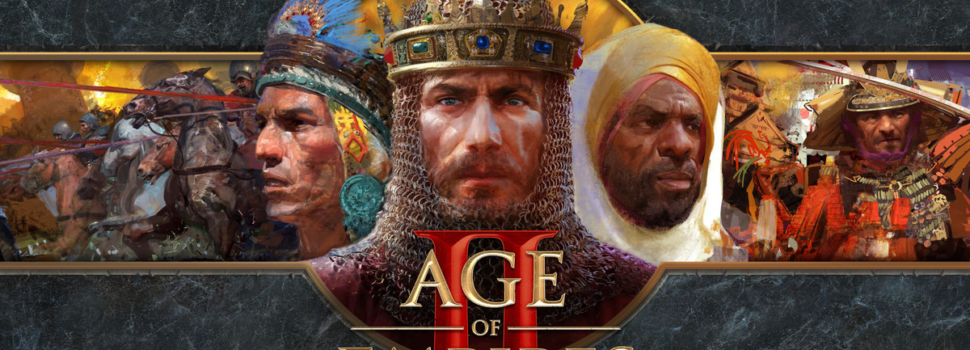
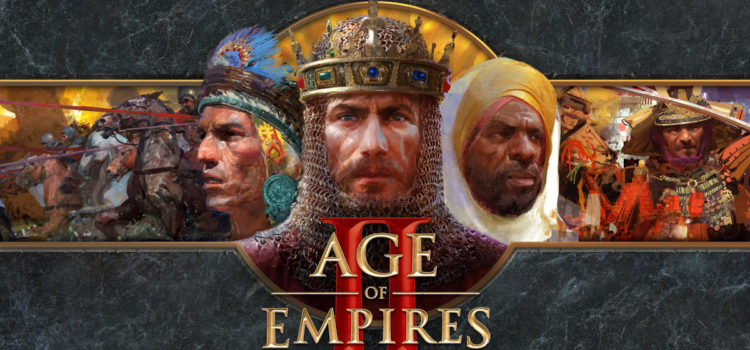
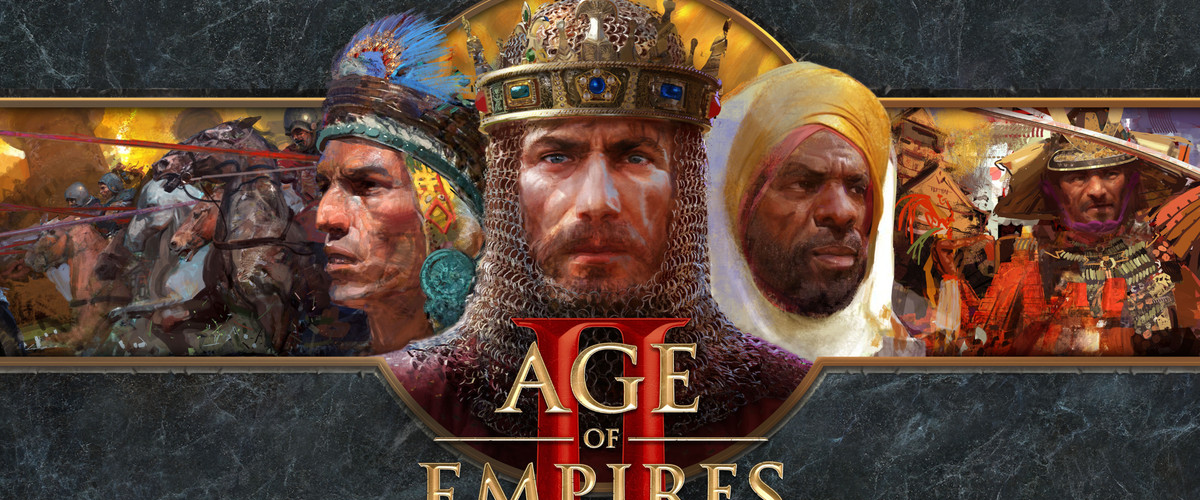
Wololo with your contrololo.
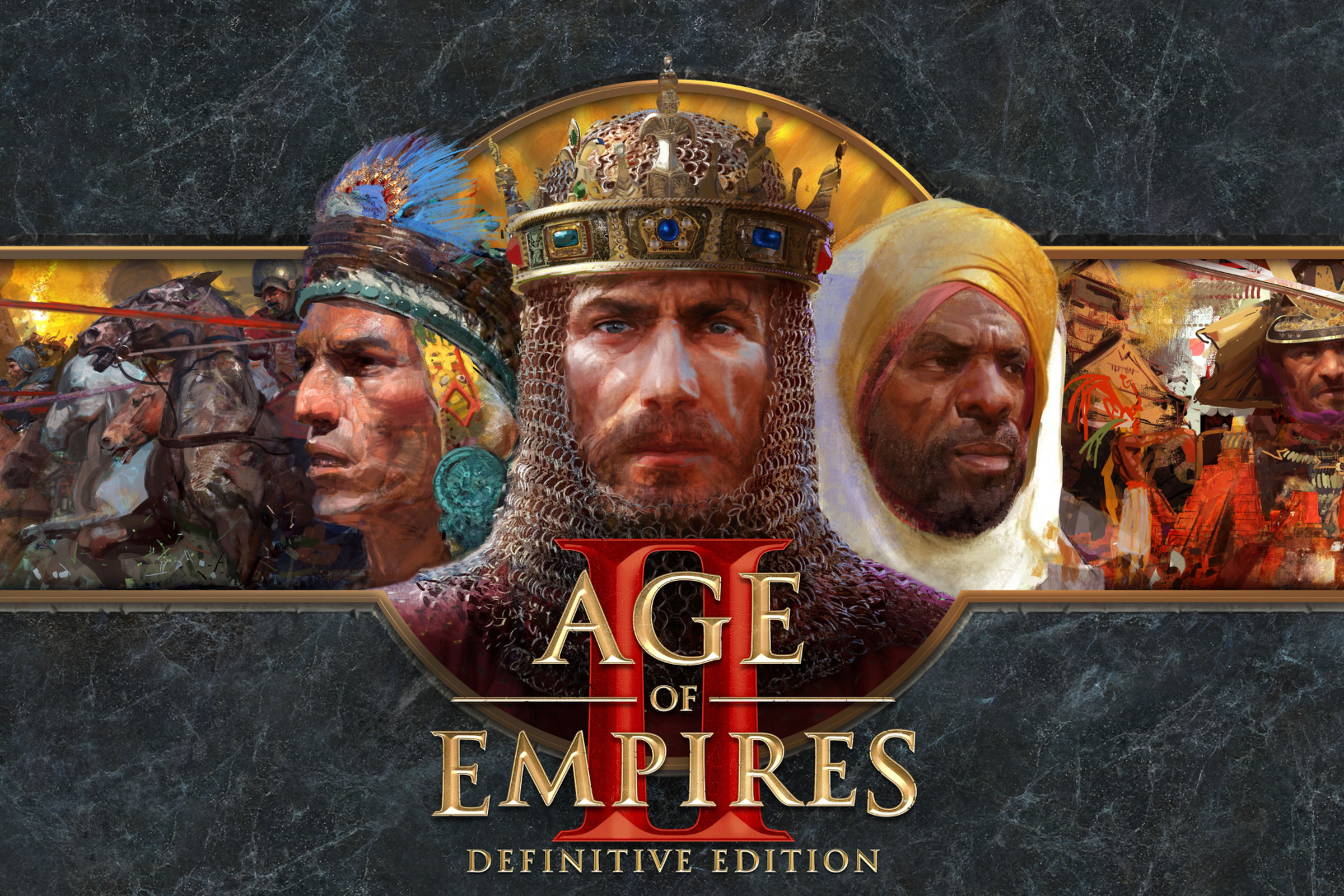
Age of Empires II is extremely special to me. The game came to me by accident at 16, and it has remained a great gaming love of mine ever since. I played Age of Empires II: Definitive Edition on Xbox to see if, after all these years, I could rekindle my fondness for this PC game on console, and it feels like love at first wololo all over again.
It is a daunting prospect to play a complex real-time strategy game like Age of Empires without the finely tuned control of a keyboard. There are maps and submenus to click through and units to select and move and control. Yet, the developers at World’s Edge have designed a thoughtful controller interface that, after a couple of hiccups, worked as seamlessly as I remember with a mouse and keyboard.
You can double-tap the A button to select units of the same time. You hold the button down and move the left thumbstick to select units within a certain area. There are also a handful of shortcuts that make ordering your little minions around a lot easier. The game will tell you if you have idle villagers and let you select those lazy slobs by pressing up on the D-pad. If there’s an enemy that needs a wololo-ing, right on the D-pad selects your monks. My favorite shortcut was hitting left on the D-pad, which selects all of your military units and brings them under your control simultaneously. If you’re one of those “numbers go up” sickos like I am, there is no greater joy than seeing your UI light up with the number of units you’re about to send to ruin a Carthaginian’s day.
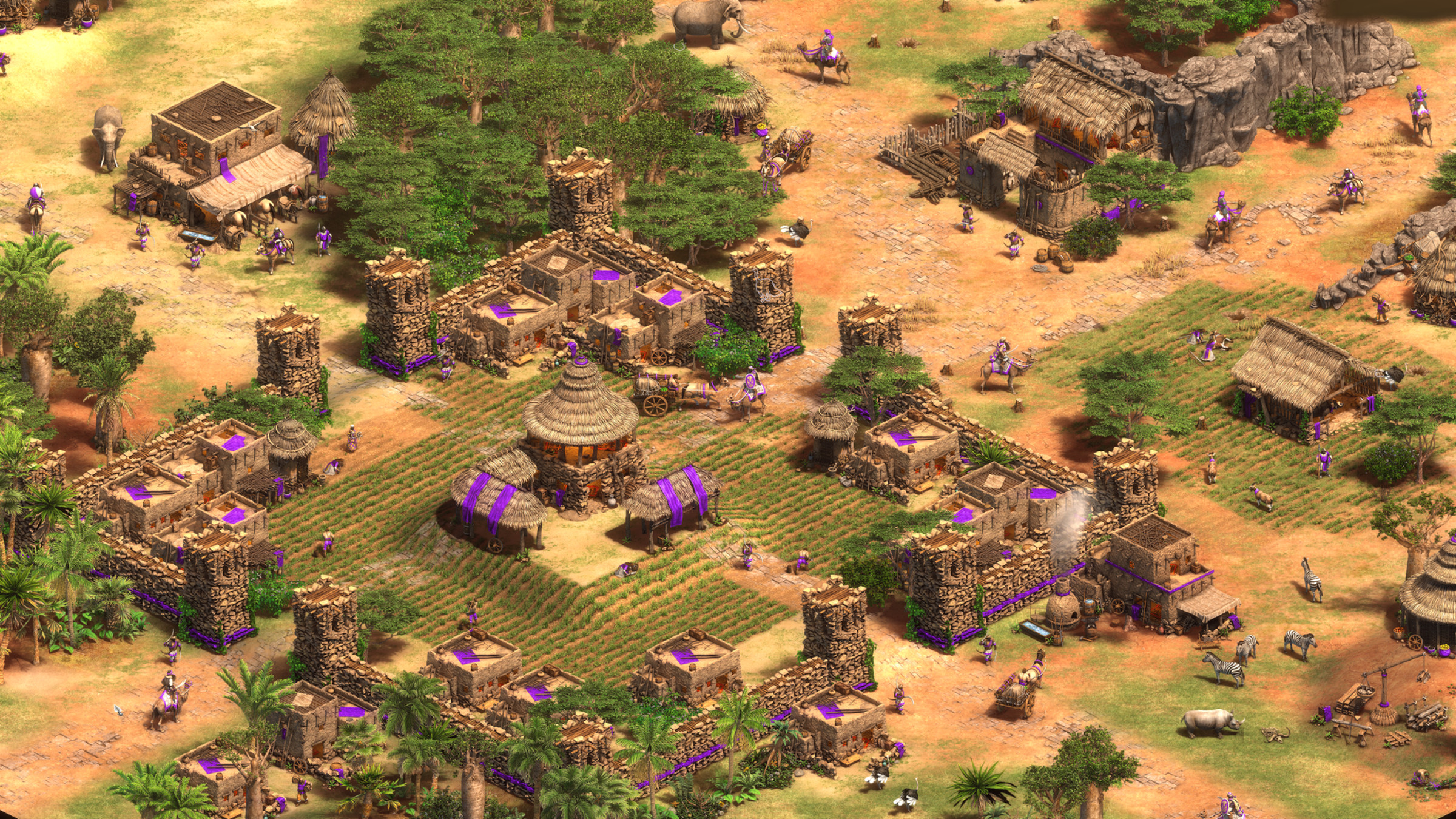
There are also some neat automation features built into AOE II that make management a bit easier. With a click of the right stick, you can automate how villagers gather resources depending on your goals. You can have a balanced approach or set it to a function that prioritizes food and gold if you’re going for a big military. Then, the next time you generate a villager, it automatically does your bidding without the need to manually direct them. I, however, am too precise for such settings. Part of the fun is the micromanagement, so I left that setting off.
I’m also not sure if this is new to AOE II: DE or something that’s been implemented before, but I really like how the game is smart enough to direct my villagers to automatically start digging for nearby gold or stone if I have them build a mining camp. I like when minions intuitively know what their goddess demands. (I also have way too much fun capriciously killing villagers if I need to free up my population for other units. I should probably talk to somebody about that.)
That said, Age of Empires II: Definitive Edition Electric Console Boogalo isn’t 100 percent elegant in its control scheme. If there’s a way to click directly on the map, I haven’t found it, forcing me to hold the thumbstick until I get to the area I want to survey. That makes it really hard to get a quick glance at what’s happening if you’re under attack. I hear the telltale horn blow, letting me know there’s a fight happening, and by the time my eyes are on the action, it’s over, and units I could have maybe withdrawn had I been quicker are dead.
One of the bigger issues I had, which resulted in a couple of frustrating game overs, was the fact that the game’s UI has so much going on because it’s been distilled from a PC experience to a console one, making it easy to miss crucial information. I needed to build a siege workshop. I clicked on my builder and hit the left trigger. I was immediately shown a wheel of the buildings it can construct, but none of them were siege workshops. I went mad, looking up tutorials and wikis, convinced that I hadn’t done enough upgrading to give my civilization access to the siege workshop yet. Turns out, buildings are segregated by function, with commerce buildings (mills, markets, and monasteries, oh my!) on one wheel and military buildings on another. A quick press of the Y button pulled up the military wheel and there was the siege workshop I was desperate for. On an embarrassing note, the game actually tells you to hit Y to bring up the military buildings, but I missed it as it got lost in the noise of the informationally stuffed UI.
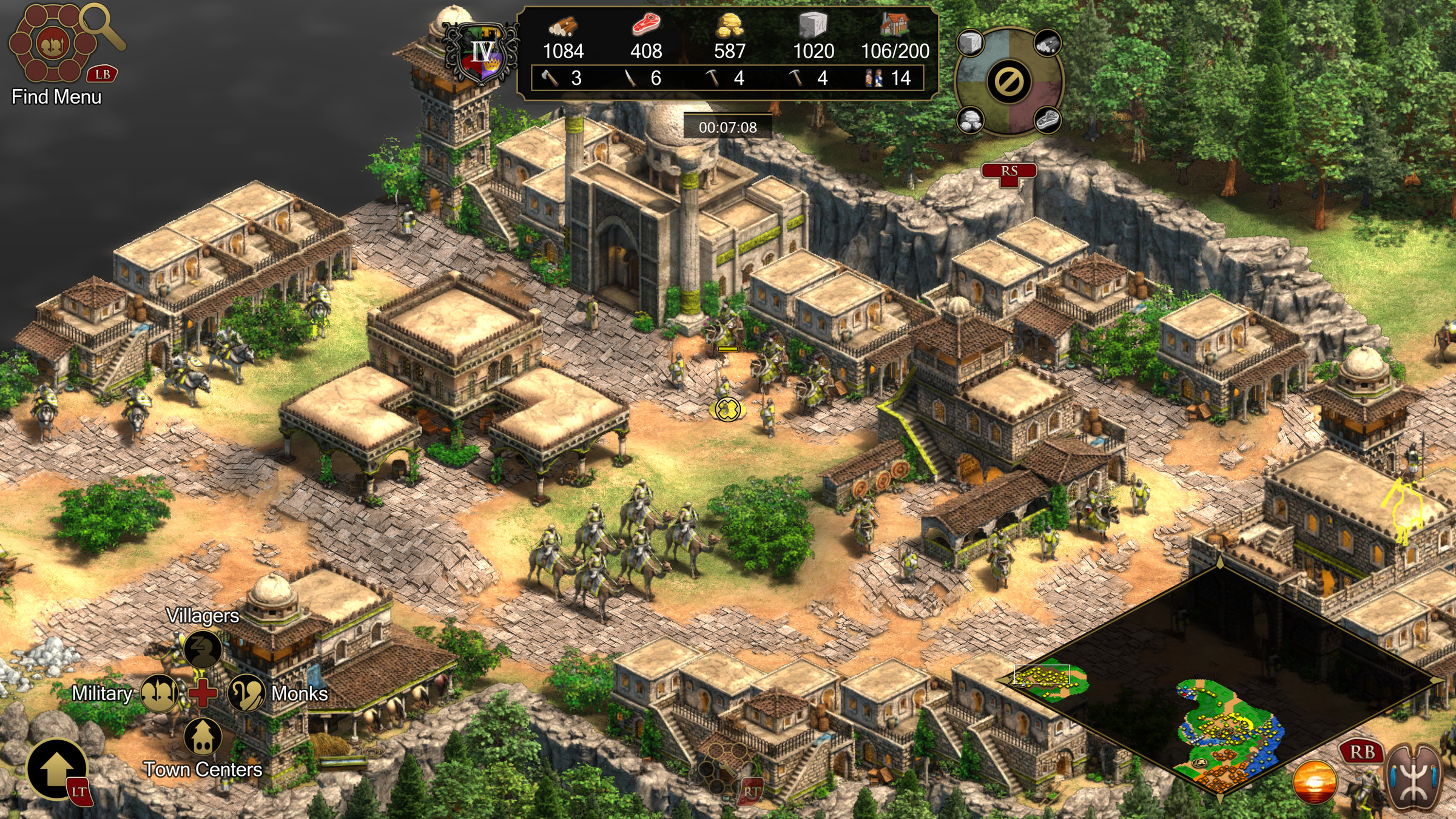
Image: Microsoft / World’s Edge
Once I got over those initial hangups, AOE II: DE played exactly as I remembered. All the nostalgia of spending hours with this game came flooding back, and the experience is no less diminished playing on console.
I didn’t have access to computer games growing up. My family got our first home computer when I was 16, and it was an educational / work tool, and therefore, purchasing games for it was verboten. That didn’t stop me from playing Pinball while listening to the one song that came pre-installed on Windows XP machines — David Byrne’s “Like Humans Do” — on repeat every day after school.
All that changed when somehow, someway, and for some unknown reason, my mother’s boyfriend gave me a spindle of CD-Rs. Most of them were blank, one of them was a copy of Tomb Raider II, and another one was a bootleg copy of Age of Empires II: Rise of Rome.
Nobody told me what this game was. It wasn’t a gift or anything, just something that got put on a spindle of CDs and forgotten about. But I devoured that game. It was unlike anything I had ever seen. I had no idea games like Starcraft or Myst or any of the other foundational PC games existed.
Age of Empires, quite literally, changed my gaming life. Instead of spending hours trying to run up my Pinball multiplier, I’d spend hours as Augustus trying to defeat Antony and Cleopatra. My enduring love of Roman history — complete with several college courses taken and several listens to the phenomenal podcast The History of Rome — came about because of this game.
I’m actually a bit sad those campaigns aren’t available in this version of AOE: II, but I do know it’s coming soon. I can’t wait.
